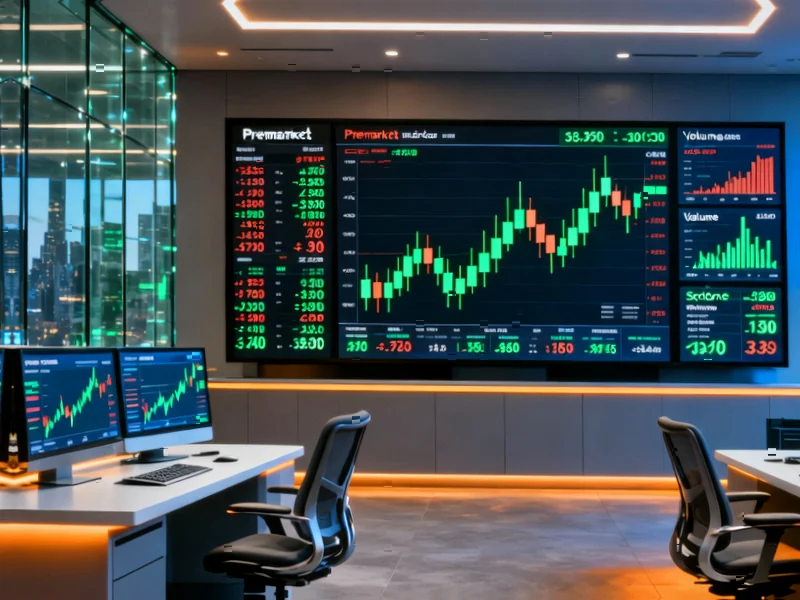According to The Economist, Changxing Island in northeast China has transformed from farmland and fishing villages into a global chemical powerhouse in little more than a decade. The island’s specialized petrochemical plant opened in 2012 and has grown relentlessly, with private company Hengli investing about 25 billion yuan ($3.5 billion) to become the world’s largest producer of purified terephthalic acid (PTA). China now accounts for more than 60% of global PTA production, up from being a net importer just a decade ago, forcing companies in Canada, Europe and Japan to reduce output or stop production entirely. The island’s success stems from a powerful mixture of policy directives, state support including tax incentives and preferential land pricing, and collaboration with the Dalian Institute of Chemical Physics. This case study demonstrates why other countries find it increasingly difficult to displace China in global supply chains.
The Strategic Architecture Behind China’s Chemical Dominance
What makes Changxing Island’s story particularly compelling isn’t just the scale of investment, but the sophisticated industrial architecture China has perfected. The integration of deepwater port infrastructure with research institutions and manufacturing creates what economists call “agglomeration economies” – where related industries cluster together to achieve efficiencies that isolated facilities cannot match. The proximity to the Dalian Institute of Chemical Physics represents a crucial advantage that goes beyond simple collaboration. This model essentially externalizes R&D costs to the state while allowing private companies to rapidly commercialize discoveries, creating a virtuous cycle of innovation and production scaling that’s difficult for competitors to replicate without similar institutional support.
The Vertical Integration Strategy That Changes Everything
Hengli’s evolution from polyester production to PTA manufacturing and now into paraxylene (PX) production reveals a sophisticated vertical integration strategy that fundamentally alters global chemical economics. By controlling multiple stages of the polyester value chain, Chinese producers can achieve cost advantages that make it economically unviable for competitors to maintain market share. This isn’t merely about economies of scale – it’s about controlling the entire production ecosystem from raw materials to final products. When a company like Hengli moves into building its own supertankers for crude oil transport, it demonstrates a level of supply chain control that goes far beyond traditional manufacturing strategy, essentially creating a closed-loop system that’s insulated from market volatility and competitor pressure.
The Broader Strategic Implications for Global Manufacturing
While PTA might seem like a commodity chemical with limited strategic importance, China’s dominance across multiple chemical sectors represents a systemic risk to global supply chain resilience. The chemical industry serves as the foundation for countless downstream manufacturing sectors, from pharmaceuticals to electronics to automotive production. When one nation controls critical production capacity across multiple chemical categories, it creates dependency relationships that extend far beyond simple cost considerations. This dominance becomes particularly concerning when considering that chemical plant construction involves multi-year timelines and massive capital investments – meaning that rebuilding capacity elsewhere would require sustained commitment and significant time, during which supply chain vulnerabilities would persist.
The Sustainability Questions Behind China’s Chemical Expansion
The current slowdown in polyester demand highlighted by truck drivers waiting for orders raises important questions about the sustainability of China’s chemical expansion model. The combination of high debt levels, overcapacity concerns, and fluctuating demand creates systemic risks that could have global implications. Unlike technology sectors where innovation can create new markets, chemical production depends on steady demand from established industries. The “anti-involution” campaign mentioned in the source represents Beijing’s recognition that cut-throat domestic competition can lead to destructive price wars and overinvestment. However, redirecting this productive capacity toward more specialized chemical products, as planned for Changxing Island, may simply shift rather than solve the fundamental overcapacity challenge.
Realistic Response Strategies for Western Economies
For Western policymakers and industry leaders, the Changxing Island case study suggests that competing directly on scale and cost in bulk chemicals may be increasingly impractical. Instead, strategic responses should focus on developing alternative advantages in specialized, high-value chemical products where intellectual property protection and specialized expertise create sustainable competitive moats. Additionally, investing in circular economy technologies that reduce dependence on virgin chemical feedstocks could represent a more viable long-term strategy than attempting to rebuild competing bulk chemical capacity. The challenge isn’t merely catching up to China’s current position, but anticipating where the next generation of chemical innovation will create value – and ensuring that Western companies and research institutions maintain leadership in those emerging domains.




